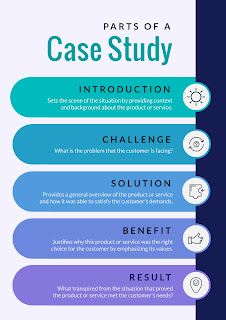Newspaper Article Framing: Shaping Public Perception
Introduction
Newspapers play a crucial role in shaping public perception and influencing public opinion. One of the tools newspapers often employ to achieve this is framing. Framing refers to the way news stories are presented or "framed," which can influence how readers interpret and understand the information being presented. This article explores the concept of newspaper article framing and its impact on public perception.
The Power of Framing
Framing involves selecting certain aspects, words, images, or sources to present a particular angle or perspective on an issue. This process heavily influences the way readers perceive, interpret, and make judgments about the news. By emphasizing specific details, framing can direct readers' attention to a particular aspect of the story while downplaying or omitting others.
Framing can shape public perception by influencing what readers consider important, what they view as the cause and effect of a situation, and even who or what is blamed for certain events. This power to shape public opinion underscores the responsibility of journalists and the media industry as a whole.
Types of Framing
There are various types of framing techniques that newspapers employ to shape public perception:
- Issue Framing: This type of framing defines how an issue is presented, focusing on its significance and implications. Newspapers can frame an issue as a crisis, a threat, a victory, or an opportunity, among other possibilities. The chosen frame influences readers' emotional responses and opinions on the topic.
- Conflict Framing: This type of framing highlights the conflicting parties in a situation, emphasizing their differences, interests, and actions. By framing a story as a conflict, newspapers can influence readers to take sides or form biases.
- Attribution Framing: Attribution framing involves assigning responsibility or blame for an event or situation. By selecting specific individuals, groups, or factors as the cause or primary influencer, newspapers can shape readers' perception of who to applaud or condemn in a given scenario.
- Visual Framing: Visual elements, such as photographs or headlines, can significantly impact how readers perceive a news story. Newspapers strategically choose images and captions to evoke emotional reactions or align with a specific narrative.
The Influence of Newspaper Article Framing
The way a news story is framed can affect public opinion, policy decisions, and even societal beliefs. When consistently presented with a particular framing of an issue, readers may start to adopt that perspective as their own, potentially leading to a polarized society with differing opinions based on different sources of news.
Furthermore, newspapers have the power to influence the salience of issues. By consistently framing certain topics as more important or urgent, newspapers can shape public discourse and determine which issues receive attention and which are neglected.
Conclusion
Framing in newspaper articles is a powerful tool that helps shape public perception and influence public opinion. By carefully selecting aspects, words, and images, newspapers can provide a particular interpretation of the news. However, with this power comes great responsibility. Journalists must strive for ethical reporting by providing balanced and unbiased coverage that promotes the objective understanding of complex issues. Readers, on their part, should be critical and aware of the potential biases newspapers may employ in their framing techniques.







